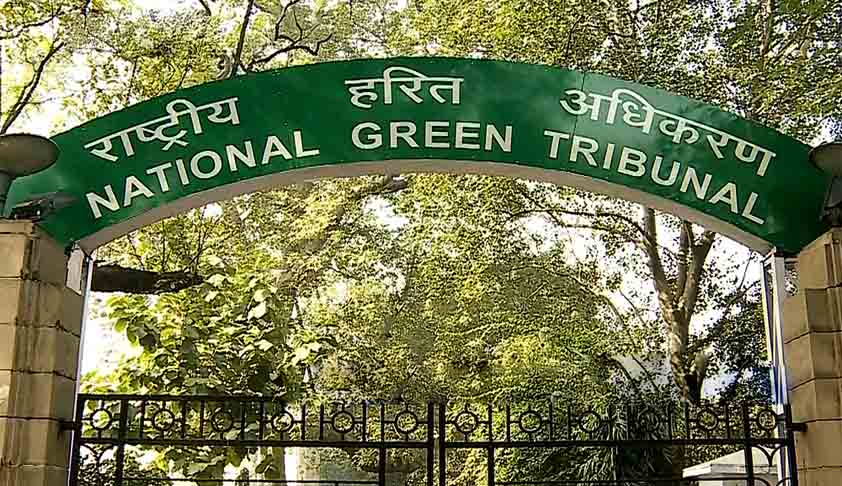- Home
- /
- News Updates
- /
- NGT Forms Committee Headed By...
NGT Forms Committee Headed By Former HC Judge To Monitor Implementation Of Its Ganga Rejuvenation Orders
AKASH VASHISHTHA
6 Aug 2018 4:08 PM GMT
Irked over the poor pace of cleaning and rejuvenation of Ganga River, the National Green Tribunal (NGT), Monday, appointed a committee headed by a former Allahabad High Court judge to monitor the compliance of various directions given by it.While a former judge would be nominated by the Chief Justice of the Allahabad High Court, the committee would also have an expert representative from...
Irked over the poor pace of cleaning and rejuvenation of Ganga River, the National Green Tribunal (NGT), Monday, appointed a committee headed by a former Allahabad High Court judge to monitor the compliance of various directions given by it.
While a former judge would be nominated by the Chief Justice of the Allahabad High Court, the committee would also have an expert representative from the Central Pollution Control Board (CPCB), one from the Ministry of Forests, Environment and Climate Change, one from the National Mission for Clean Ganga (NMCG) and one from the Indian Institute of Technology (IIT).
The monitoring committee, which would have its main seat at Kanpur would oversee the implementation of various directions passed by the tribunal towards the restoration of river Ganga from Haridwar to Unnao, termed as Segment B of Phase-I. The tribunal has directed the committee to submit quarterly reports about the progress made by it before it.
The committee, shall, in particular, work towards the implementation of directions passed by the tribunal in the judgment given in M.C. Mehta versus Union of India case on July 13, 2017, related to pollution in Ganga and its tributaries.
The green court, in the judgment, had directed the government agencies to ensure that the minimum ecological flows while diverting the water from Haridwar to Ganga Canal, does not fall below 20 percent of its natural stated flow.
The tribunal had also imposed a prohibition on the extraction of groundwater for industrial and commercial purposes along Ganga. The special committee constituted through the judgment had to demarcate the floodplains of the river until which 100 metres from the edge of the river was to designate as ‘No-development/No-construction’ zone.
The court had also imposed a complete prohibition on the disposal of Municipal Solid Waste, E-waste or biomedical waste on the floodplains or inside the river while holding that there shall be no-dumping or landfill site within 500 metres from the edge of the river. Those found dumping into the river was to be held liable to pay Rs. 50000 as environmental compensation.
The pollution control boards of Uttar Pradesh and Uttarakhand were directed to strictly look into the status of consents of industries and act against the defaulters.
M.C. Mehta, environment lawyer and activist told the bench, headed by Chairperson, Justice Adarsh Kumar Goel, “Your Lordships, it is very strange and unfortunate that since 2014(ever since the case was transferred by the Supreme Court to NGT), despite several, repeated orders coming in this matter, agencies have been sitting on it and not complied with a single direction.”
The bench, which also had Justice Jawad Rahim and Justice S.P. Wangdi, as judicial members and Dr. Nagin Nanda as expert member, acknowledged, “We sincerely appreciate your persistent efforts in last 33 years for the cause.”
Expressing anguish over the poor state of progress made by government agencies in Ganga restoration, the court said, “Nothing fruitful has been done by you in all these years.”
While constituting the monitoring committee, the tribunal said, “Ganga rejuvenation is a huge task and to achieve the desired result, people of great eminence are needed.”
The court has also directed the NMCG to prepare a detailed status report on the grossly and severely polluting industries situated along Ganga from Unnao to Bay of Bengal, along with the treatment facilities and drains falling into it, within four months.


